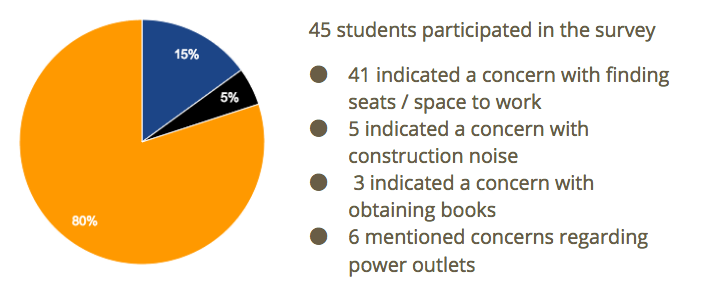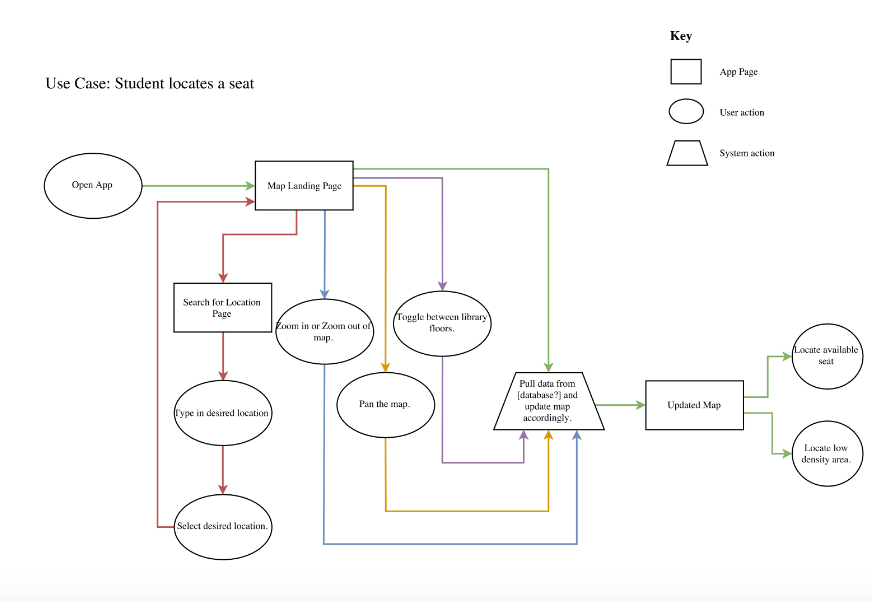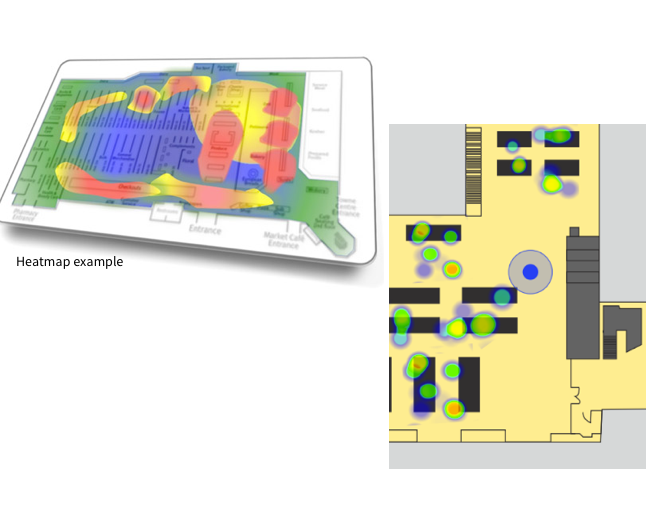My Work | More Samples | Library App Concept

Library App Concept
I worked as a ux and ui designer with my senior design team to research, ideate, and prototype an app for the Georgia Tech library that aimed to enhance the physical library experience.
Tool I Used: Paper & Pencil, Balsamiq, Illustrator, Photoshop
The library is currently undergoing a renewal process – books are being moved offsite and large amounts of space are currently unavailable to students. This renewal hopes to address the changing usage of library space and merge digital and physical spaces.
Integrate the digital and physical library environments in order to foster a sense of community and make a student’s library experience more helpful.
At the start of our project, we were working with iBeacons in order to generate a heatmap of the library map - thus allowing us to provide real-time crowd data to the user and quickly inform them which space in the library was available.
Because iBeacons require every user to have bluetooth on and the app downloaded in order to function, we realized we couldn’t ask and rely on our users to follow this. Over the course of our project, we determined iBeacon technology to be ineffective to the problem we were trying to solve.
Over the course of our project, we stumbled upon hurdles, which I will discuss, that proved to make iBeacon technology inefficient and thus ineffective to the problem we were trying to solve.

Our client had many use cases they wanted to address with this app. In order to prioritize these use cases and fully understand what our users would want from this app, we conducted in-person surveys to students in the library.
From our analysis, we narrowed down the use cases and created a focus for the app. Thus we outlined our main features to be:

In order for me to grasp how a user would interact with the app and the different ways he/she would interact with it, I created a flowchart for the use cases to help me brainstorm the visuals.
We needed a way to display to the user a map that would show them where an available seat was located and where seats were occupied within an area in the library. Because we found iBeacons to be an ineffective solution, we couldn’t determine exact locations of students at tables and chairs in the library. We looked at other technologies that could potentially let us know where a number of people were within sections of the library. For example, one idea had been to collect the number of devices connected to the wifi and present the densities in specific areas within a map.

To present this kind of data, we vizualized the experience as a heatmap - the user will know at a cursory glance where to find an available seat and pan within the map to view other sections.
Because of concerns regarding privacy and a need for widespread adoption of the app through other technologies, we changed our question to ask:
The solution doesn’t allow for a student to locate an available seat, but it addressed the primary need the user had - quickly finding a seat. It helps alleviate a user’s frustration in walking to the different areas of the library and wasting time by simply letting them know before hand in which area they will most likely find an available seat.
With this in mind, we opted to use sensor technology - a mechanism that would count how many people enter and exit an area.
This shifted the visualization away from a map to a more literal presentation of space. Available space would be shown to the user through a bar - an element that differentiates full and empty space.
I created some wireframes in Balsamiq to demonstrate this experience.

Our client wanted to convey a playful and fun experience for the student through the app - allowing for initial user interest and engagement in the app.
I created mockups that reflected this theme, while aligning with the library’s mission and brand.

The outcome of our project was a fully-functioning prototype that integrated the sensor technology. We presented our prototype and process to the library board and they hope to implement it with the upcoming renewal process. A demo of the prototype can be seen here.
I am grateful to have worked with a group of wonderful team members for a project I found to be more challenging than I had initially expected it to be. The biggest challenge was quickly adapting to the different and possible technologies we were going to use, and how each one would affect the way we display our data. Communication within our team and with the client was imperative and a great way to understand where we were and what we might need help with.